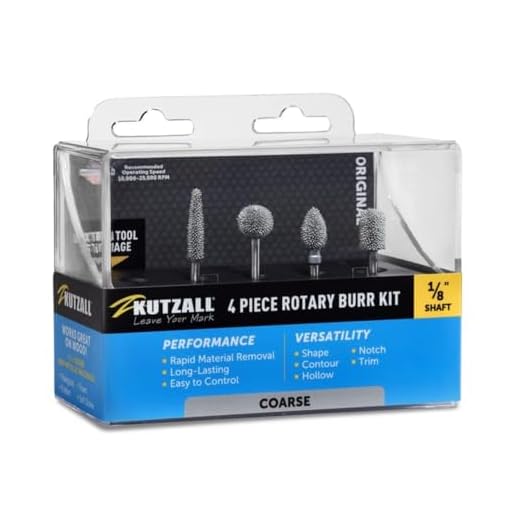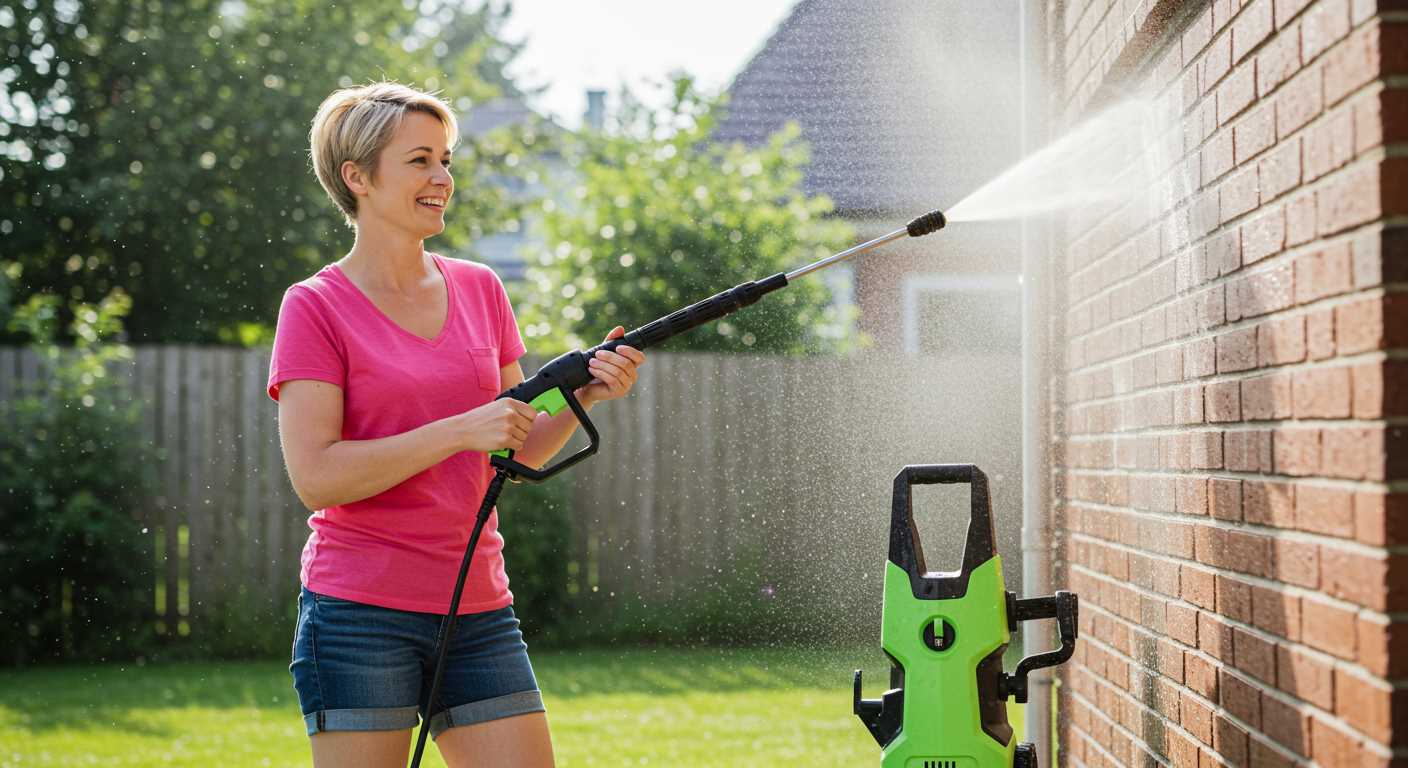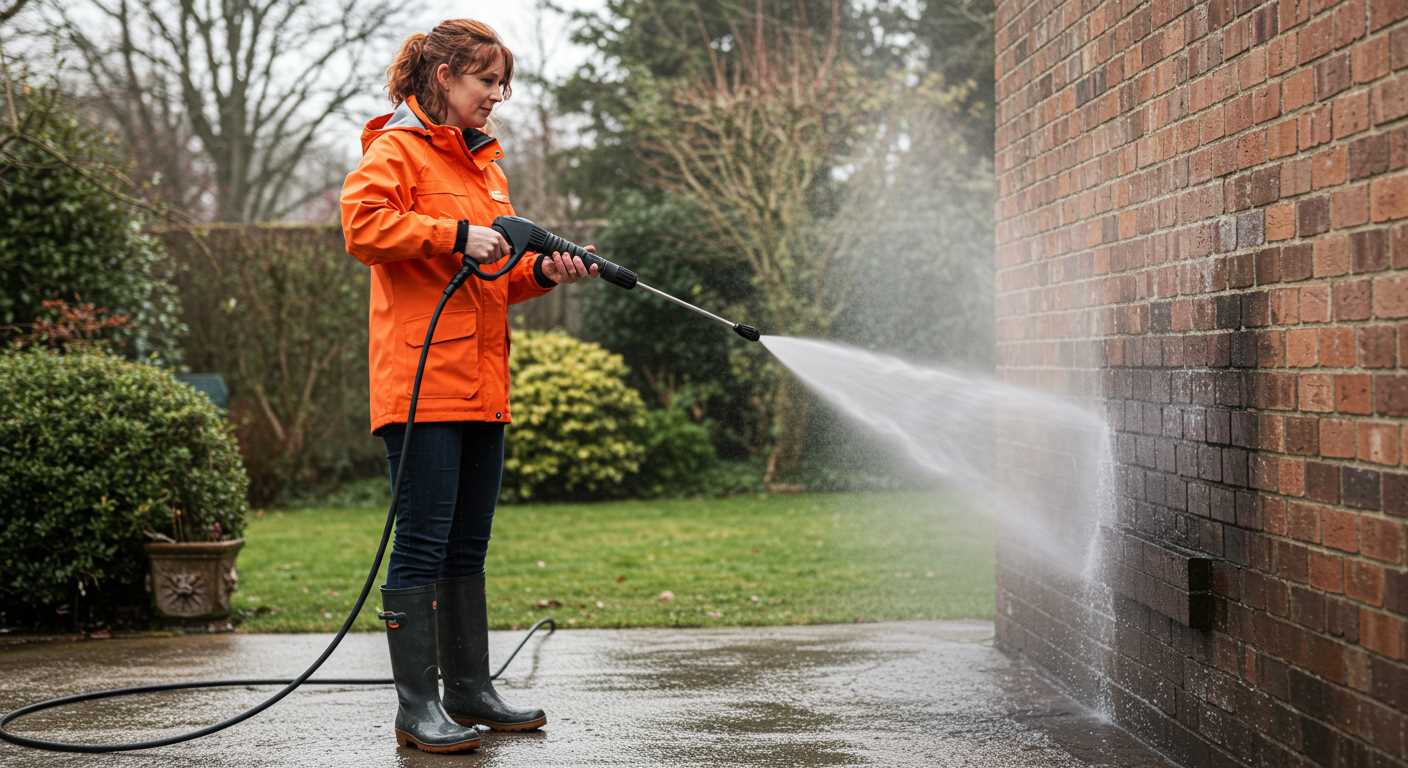

Begin with a solution that combines mild chemicals, such as acetone or rubbing alcohol, with scrubbing. Dampen a cloth with the solvent and gently rub the stained area, allowing the substance to break down the coating. Use a non-abrasive scrubbing pad for better results, ensuring you’re not damaging the underlying surface.
If the damage is extensive, consider mixing a baking soda paste with water. Apply this mixture to the affected area and let it sit for around 30 minutes. The mild abrasive properties of baking soda help lift the stubborn deposits. Scrub lightly with a soft brush, then rinse thoroughly with water.
For more resistant marks, a commercial paint remover designed for masonry might be necessary. Always follow the manufacturer’s instructions, including safety precautions. Apply the solution evenly, allowing it adequate time to penetrate before scrubbing with a stiff-bristled brush.
Once the residue is removed, a final rinse with clean water will ensure no chemicals remain on the surface. Using a mop or squeegee can help in the drying process and minimize streaks. Testing any method in a small, inconspicuous area first will ensure your chosen technique does not harm the material.
Choosing the Right Solvent for Removal
Select acetone for a powerful yet quick solution. Apply it with a cloth or sponge, allowing it to sit briefly before scrubbing. This enhances effectiveness by breaking down the coating.
Alternative Options
Lacquer thinner is another potent alternative. It can cut through stubborn residues effectively. Ensure proper ventilation and use gloves to safeguard your skin. Test the product on a small area first to assess its impact on the underlying material.
Environmental Considerations
.jpg)
For a less aggressive option, consider using bio-based solvents. These are eco-friendly and less harmful to the environment, making them suitable for indoor applications. They often require longer dwell times but pose reduced health risks.
Preparing the Concrete Surface for Cleaning
Ensure the area is free of debris before starting the removal process. Remove any large objects, such as furniture or planters, that might obstruct your work.
Next, sweep the surface thoroughly to eliminate dust and loose particles. This step is crucial as it allows the solvent to penetrate the material more effectively.
After sweeping, consider rinsing the area with water to remove any remaining dirt. Use a hose for an even distribution of water, allowing it to dry completely. A clean surface promotes better adhesion of cleaning agents.
- Choose a dry day for this task; moisture can hinder effectiveness.
- Check for cracks or damage; make repairs if needed before applying any chemicals or solvents.
It’s beneficial to mask off any surrounding areas you want to protect. You can use painter’s tape or plastic sheeting to cover adjacent surfaces, preventing accidental contact with the cleaning substances.
Finally, gather all necessary supplies and tools, ensuring they are within easy reach. Having everything ready will streamline the process, making each step more efficient.
Step-by-Step Guide to Using Paint Thinner
Select a quality paint thinner suitable for the specific type of coating. Check the label for compatibility to avoid damage to the underlying surface.
Application Process

1. Pour a small amount of thinner into a clean container. Avoid using excessive quantities to manage the application better.
2. Apply the thinner directly onto the stained area using a clean cloth or sponge. Ensure even coverage across the affected surface.
3. Allow the product to sit for 5-10 minutes. This period lets the solvent penetrate the layer, loosening the bond.
4. Use a scraper or brush to gently lift the loosened material. Work in small sections to ensure thorough cleaning.
Final Cleaning
5. Wipe the area with a clean, damp cloth to remove any remaining residue and thinner. Rinse the cloth frequently to avoid reapplying contaminants.
6. Once the surface is clean, allow it to air dry completely. Check for any missed spots and repeat the process if necessary.
Utilising Baking Soda and Vinegar for Paint Removal
Mix equal parts of baking soda and vinegar to create a potent paste that can effectively lift unwanted colour from surfaces. Apply this mixture generously to the affected areas and allow it to sit for approximately 30 minutes. The reaction between the two ingredients will help break down the stubborn residue.
Application Process
After the paste has settled, use a stiff-bristled brush to scrub the area. Focus on one small section at a time to ensure thorough coverage and optimal results. Rinse the area with water to remove any leftover remnants. Repeat this process if necessary until satisfaction is achieved.
Tips for Enhanced Removal
Incorporate additional force by using a putty knife or scraper after applying the mixture. This can assist in removing thick layers. For a stronger solution, consider heating the vinegar before mixing to increase its effectiveness. Always test the mixture on a small, inconspicuous area first to ensure no damage occurs.
| Ingredient | Function |
|---|---|
| Baking Soda | Acts as an abrasive to aid in scrubbing off residues. |
| Vinegar | Creates a chemical reaction that helps dissolve stubborn residues. |
Mechanical Methods: Scraping and Brushing Techniques

Using a heavy-duty scraper can effectively remove stubborn residues from surfaces. Opt for one with a sharp blade designed to handle tough materials. Ensure the angle is correctly maintained to avoid surface damage during the process. Apply firm and steady pressure to lift away layers without gouging.
A wire brush attachment for a power drill is beneficial for intricate areas where a scraper may not reach efficiently. Select medium to stiff bristles to balance effectiveness and surface preservation. Move the brush in circular motions for optimal results, regularly checking for progress.
If working on a large area, a floor scrubber can save time and effort. Look for units that offer interchangeable pads suitable for abrasive tasks. This will allow you to adapt to varying levels of adherence, ensuring a thorough clean.
For smaller spots, a hand-held abrasive pad can be quite handy. Ensure it’s coarse enough to tackle the residue but gentle enough to protect the underlying surface. Employ a combination of scraping and brushing for maximum efficiency.
After mechanical cleaning, always follow up with a solvent treatment to address any lingering traces. This dual approach significantly enhances the cleanliness of the area, preparing it for any subsequent treatment or finishing touches.
Aftercare: Sealing and Protecting the Concrete Surface
Applying a quality sealant significantly enhances durability and aesthetics. Opt for a product specifically designed for porous surfaces to ensure optimal adhesion and protection. A clear acrylic or penetrating sealer will effectively provide a moisture barrier, preventing stains and damage from weathering.
Application Process
Before applying, ensure the surface is thoroughly cleaned and dry. Use a roller or sprayer for even coverage, applying the sealant in thin layers to avoid pooling. Typically, two coats are recommended for maximum protection. Allow the first coat to cure as per manufacturer instructions before applying the second. This practice guarantees a robust defence against potential future staining.
Maintenance Tips
Regular cleaning with a mild detergent and water will preserve the sealant’s effectiveness. Avoid harsh chemicals that can deteriorate the protective layer. Additionally, reapplication every two to three years ensures ongoing protection, particularly in high-traffic areas or regions exposed to harsh weather conditions.








